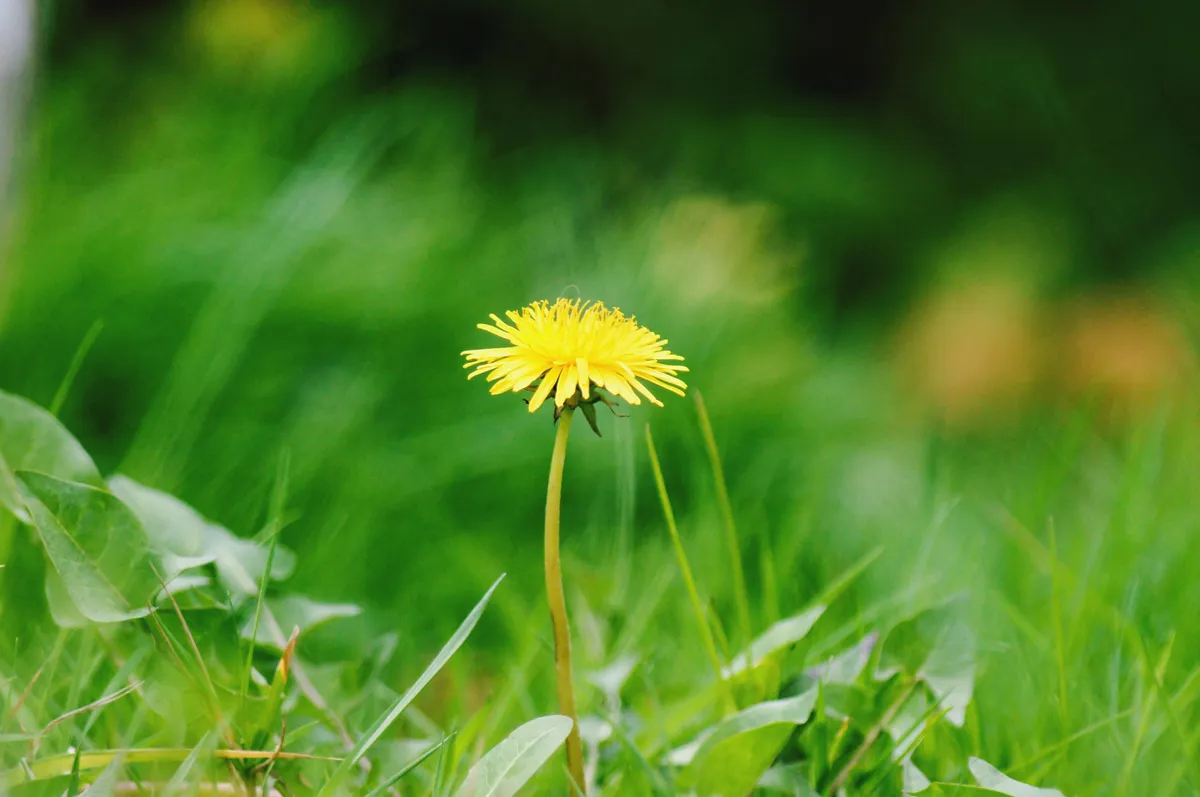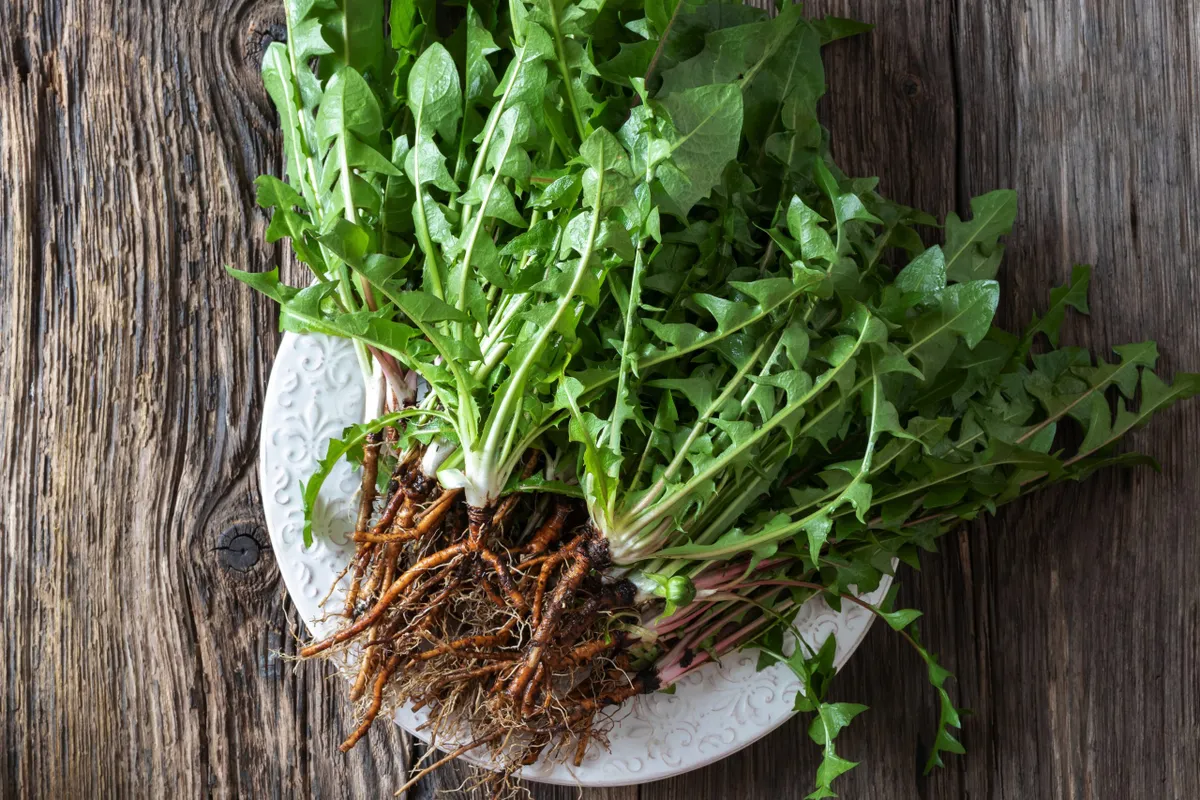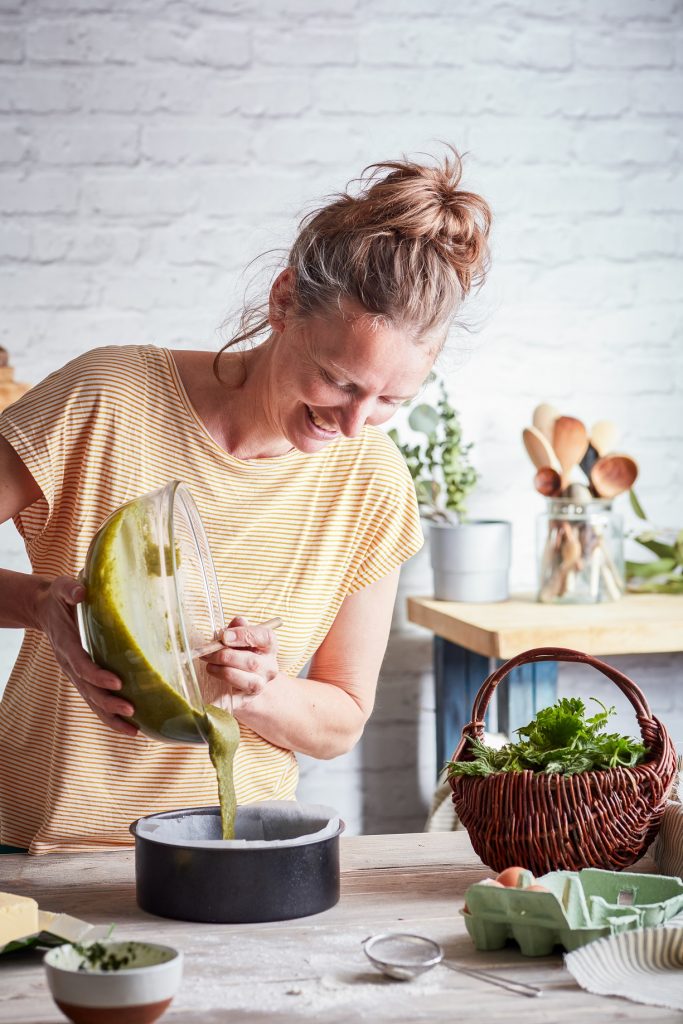Dandelions are strong in more ways than one; they are robust, grow ubiquitously and the leaves have a zealous, bitter bite to them. Yet their sun-yellow petals are more delicate in flavour – light and floral with just a tinge of bitter – and their invaluable nutrition is often overlooked.
To children, I introduce them as the A, B, C, E plant (naming their vitamins) or the lion’s tooth plant (dent-de-lion) in reflection of their toothed leaf shape. I don’t mention their iron, magnesium, potassium and calcium content, though I know they’ll benefit from it anyway.
Native to Europe and Asia as well as certain areas of North and South America, North Africa and Australasia, they have now been introduced widely across the world. These common plants have a reputation for being a diuretic, hence their French name: pissenlit. However, dandelions are actually a very mild diuretic and any potential nutritional loss is countered by their high mineral content, particularly in regards to potassium.
Even their bitterness is of value, signifying the dandelion’s natural detoxifying abilities and acting as an essential partner to create that well-loved flavour: bittersweet. But don’t just make use of what’s above the ground; in winter, dandelion roots can be unearthed and roasted to create warming, comforting desserts.
How to identify dandelions

Grows up to 35cm/1ft tall with hollow, branchless stems filled with a milky sap. Leaves are deeply toothed and grow from the base of the plant. Yellow flowers transform into white, fluffy ‘clocks’ when turning to seed.
When is the best time to forage for dandelions?
The leaves grow throughout the year, though are best from mid to late spring, though can continue through to autumn.
Where to forage for dandelions
Dandelions are extremely easily found in sunny areas, gardens, growing up between pavements, in parks, grassy fields and road verges.
How to pick dandelions
Pick the leaves and yellow flowers; flowers close overnight but open again each morning (unless they’ve started to go to seed).
Extract taken from Rachel Lambert's Wild & Sweet with photography by Elliot White (Hoxton Mini Press, £25).

Dandelion recipe ideas
Dandelion flower and rum cake

Dandelion and rum cake recipe from Wild & Sweet./Credit: Elliot White
Dandelion petal syrup

Dandelion petal syrup recipe from Wild & Sweet./Credit: Elliot White
Dandelion Root Coffee

Wild garlic, nettle and dandelion tart

